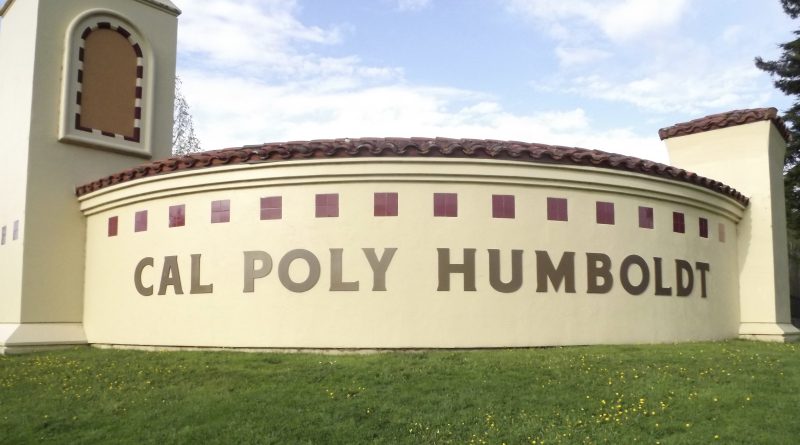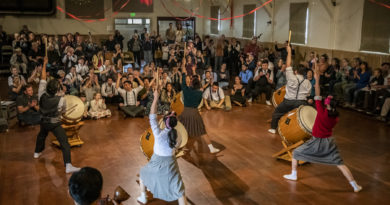Latine faculty total 39 out of 531 faculty at Cal Poly Humboldt
- Cal Poly Humboldt became an Hispanic serving Institution in 2013.
- Highest record of Latine students was in 2016 at 2,869. Today Latine students total 1,750.
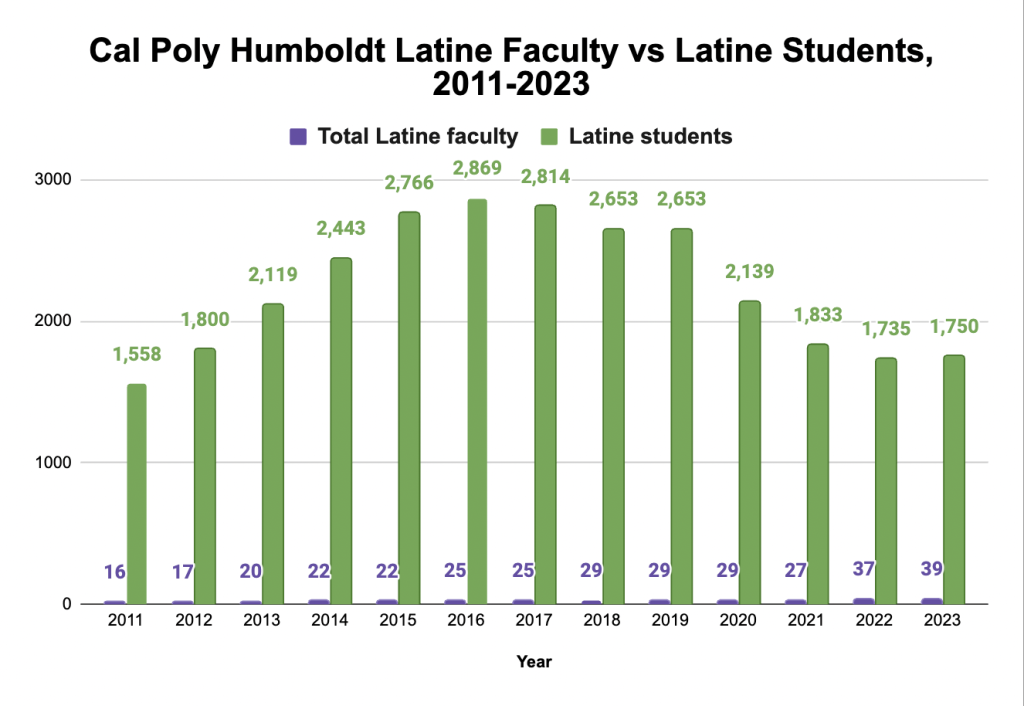
The number of Latine faculty on campus rose slightly from last year. Each year Cal Poly Humboldt’s Institutional Research, Analytics, and Reporting releases statistics on faculty demographics. The fall 2023 data counts 39 self-identified Latino/Hispanic faculty members of CPH’s 531 faculty or 7.3% of professors and lecturers.
Of the 39 Latine faculty members, 17 are tenured or tenure track professors and 22 are lecturers. This means there are 17 Latine faculty members who have the titles of assistant professors, associate professors and full professors. Professors get higher wages and have more job security than lecturers. 22 Latine faculty members are considered part-time faculty or adjunct professors, who typically have to renew their contracts annually.
Present Latine faculty members are concerned over these numbers. They question the reasoning as to why there are more Latine lectures than tenured faculty and its inequities.
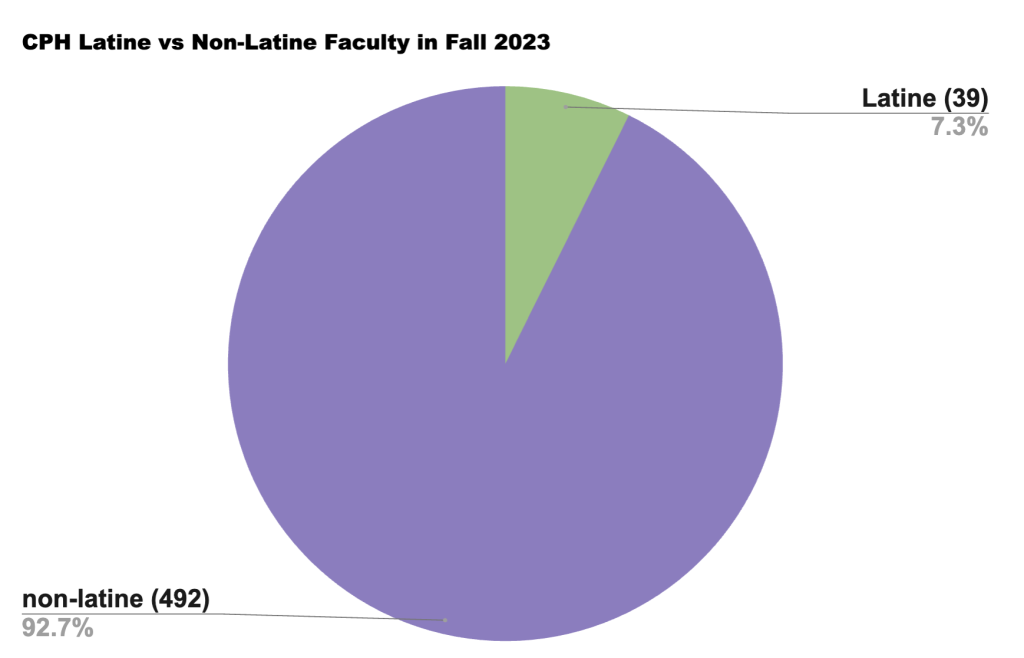
Marisol Ruiz Gonzalez, CHP’s California Faculty Association president and a tenured professor in the school of education said that the issue of hiring tenured professors is a wider issue in the California State University system.
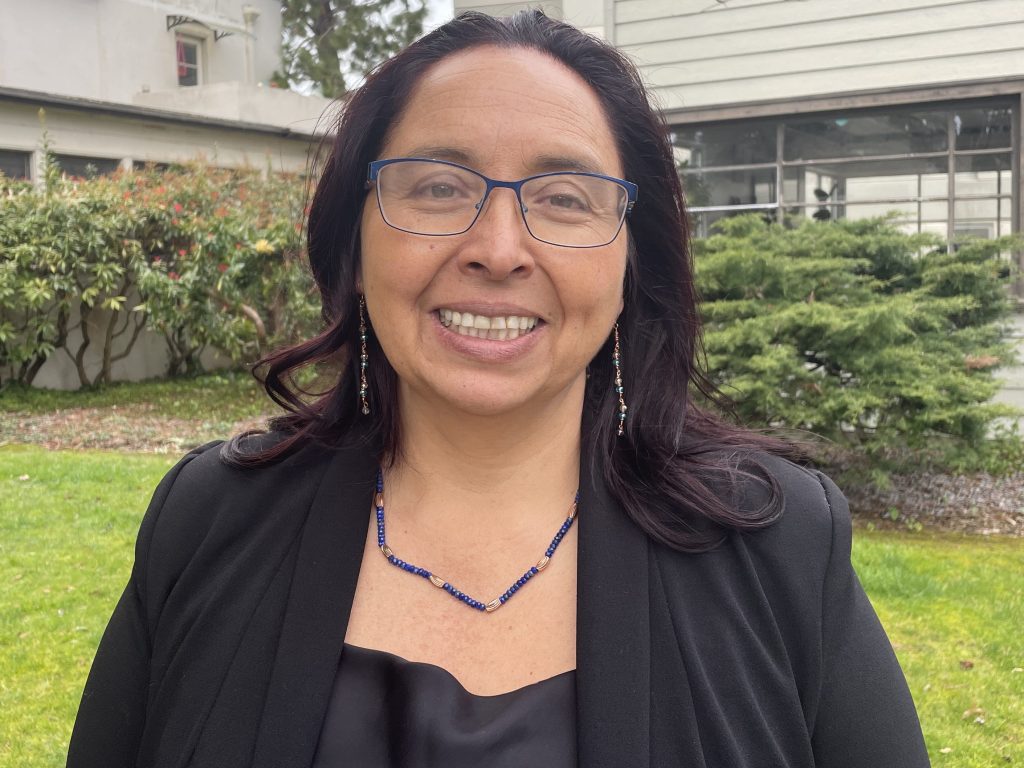
“We want to hire more lecturers, we want to hire more temporary workers because we don’t want to pay them. And that’s not good because I believe our lecturers should be tenured,” said Ruiz.
Ruiz said it is important that Latine students are supported by faculty that care about them.
“We need to hire Latine faculty that believe in Latine students, that believe in culture and society and pedagogies, and believe in building each other up, and not fucking stomping on each other to get ahead. Shitting on each other. No. We need to bring each other up,” said Ruiz.
Ana Bernal, critical race and gender studies lecturer said that as a Latine faculty member they feel an extra responsibility to support CPH’s Latine students.
“I think that if the people who are doing the hiring understand that when you bring professors that can connect with students you will empower them,” said Bernal.

With the rise of Latine faculty on campus, compared to the past couple of years, there’s been a drop in Latine students. Six years ago there were 1,000 more Latine students on campus.
Associate Professor in environmental resources engineering, Sintana Vergara, comments on the power of representation in education.
“I’m a Latina engineer, I’m a woman. I think that growing up we don’t often see a lot of women engineers, just as one example of a group. We also don’t see a lot of, in the United States at least, engineers of color either and I think that sets an example for children. They grow up thinking ‘Oh engineers don’t look like me, maybe that’s not what I’m supposed to do so I’ll be something else’.”
According to IRAR,1,750 students on campus identified as Hispanic/Latino in fall 2023.

“It expresses the misrepresentation that Humboldt gets for being an HSI and “diverse”, even though we’ve seen it time and time again there’s a lot of microaggressions, not just on campus but as well as off campus, and the community doesn’t receive diversity very well,” said Associated Students Administrative Vice President Andres Olmos. “I’m in a major where there’s not a lot of diversity, in the math department there’s a lot of white men, so being in a room full of non-colored people is sort of, wow.”
Olmos says the lack of representation he has experienced in his classes motivates him to become a role model for future students as a math professor.
Frank Herrera, coordinator of the Social Justice, Equity and Inclusion Center said students are found at the cultural academic centers when their instructors do not share their background.
“I get students frequently who often want to transfer, or quit, or just give up. And it takes a lot of work from the cultural centers to compensate for that too.”
“For a sense of belonging and also you know our commitment as an HSI. Our commitment is not just numbers, it’s not just that it’s a lot more. I think that’s important to see because we are here to enhance education outcomes and opportunities for the Hispanic and Latinx students.”

